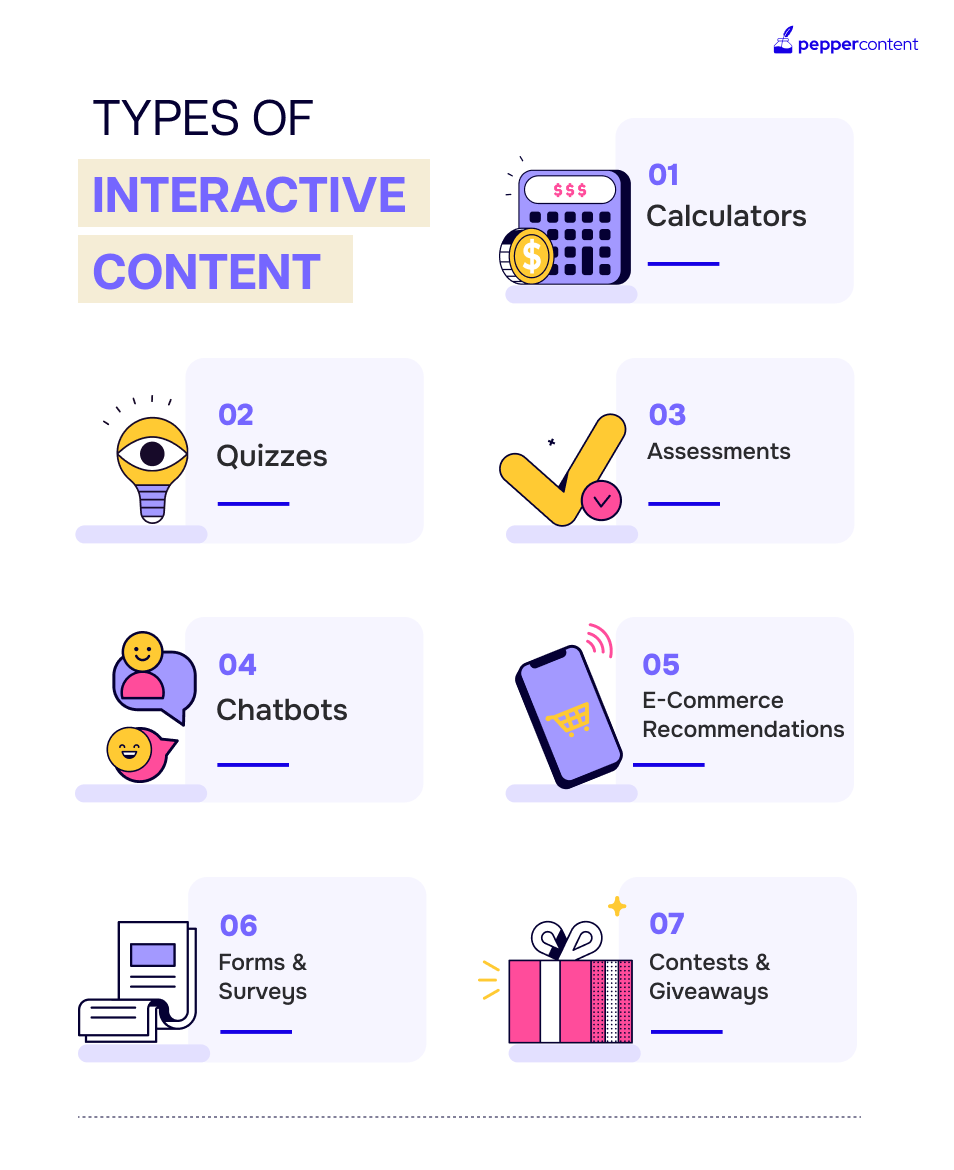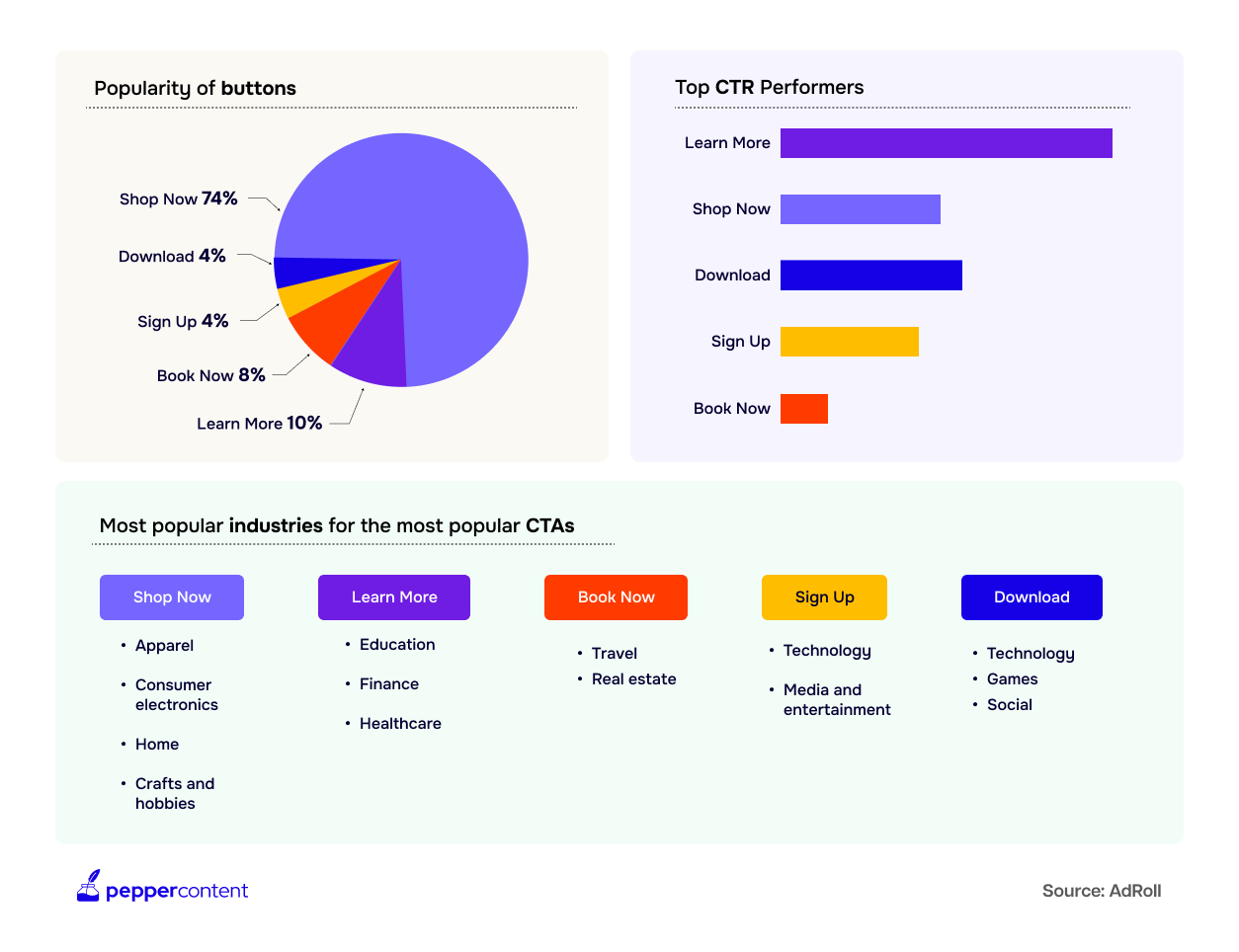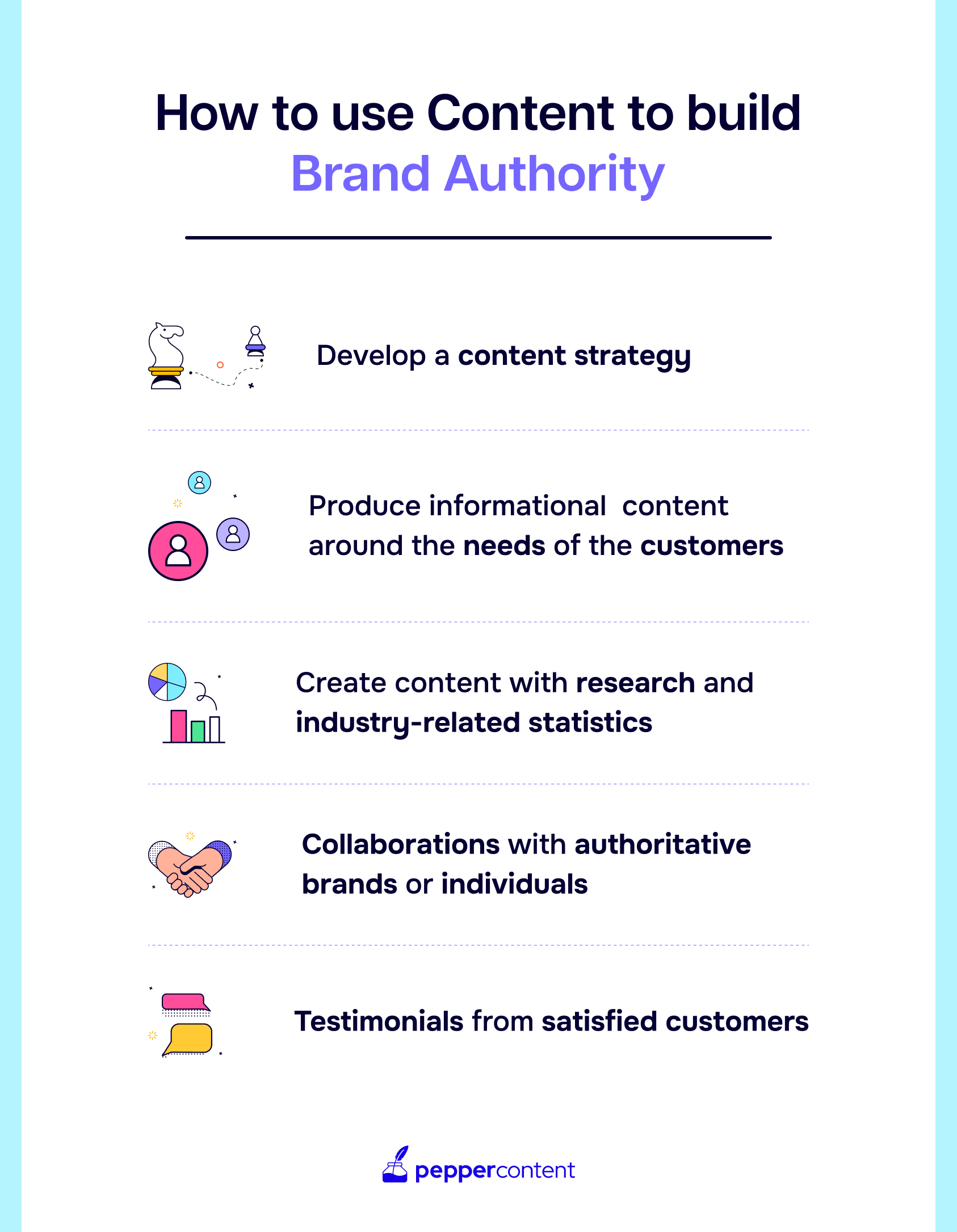Strategies for Explosive Content Marketing Revenue Growth

In today’s competitive business landscape, having a quality content growth strategy is essential for driving revenue growth. Content marketing goes beyond just creating valuable content; it plays a crucial role in establishing brand awareness and thought leadership, which directly influences purchasing decisions. When consumers are aware of your brand and perceive it as a trusted industry resource, they are more likely to choose your products or services over those of your competitors.
Moreover, enhancing the content experience for your audience can have a significant impact on content marketing revenue growth. By delivering high-quality content that resonates with your target audience, you not only capture their attention but also build a strong connection with them. This connection leads to increased brand loyalty and repeat business, ultimately driving revenue growth.
But how exactly does content marketing for business growth work? Let’s explore this in the next section.
Enhancing Brand Awareness through Content
Delivering high-quality content is key to enhancing brand awareness and driving content marketing revenue growth. When you consistently provide valuable, informative, and engaging content to your audience, you establish your brand as a trusted industry resource. This recognition not only increases your visibility but also influences purchasing decisions.
For example, a content-rich website not only attracts more traffic but also provides opportunities for lead generation and conversions. When visitors find valuable content on your website, they are more likely to explore further and engage with your brand. This creates opportunities for capturing leads through sign-ups, subscriptions, or downloads.
To enhance brand awareness through growth in content marketing, focus on creating content that addresses your target audience’s challenges and questions. Informative blog posts, videos, guides, and other resources can help guide potential buyers toward conversion by providing them with the information they need to make informed decisions.
Addressing Audience Challenges with Valuable Content
When it comes to content marketing growth, one of the key factors in driving content marketing revenue is creating content that addresses your target audience’s challenges and questions. By providing valuable information and solutions, you establish yourself as a trusted resource and guide potential buyers toward conversion.
Informative blog posts, videos, and comprehensive guides play a crucial role in addressing audience challenges. These resources not only educate your audience but also help them make informed decisions.
In addition to addressing challenges, it’s important to focus on engaging and interactive content formats. This can include quizzes, calculators, or interactive infographics that allow your audience to actively participate in the learning process. By making your content more interactive, you create a memorable experience that sets you apart from competitors.
Remember that effective content marketing growth is not just about promoting your products or services; it’s about providing value to your audience. When you prioritize addressing their challenges and questions through valuable content, you position yourself as an industry leader and drive revenue growth by building lasting relationships with your customers.
The Power of Call-to-Actions (CTAs) in Conversions
In the fast-paced world of content marketing growth, where attention spans are shorter than ever, capturing and retaining your audience’s attention is crucial. This is where call-to-actions (CTAs) come into play. CTAs are concise and compelling prompts that encourage your audience to take specific actions, such as signing up for a newsletter, downloading a guide, or purchasing a product. By strategically placing CTAs throughout your content, you can guide your audience toward the desired conversion.
Effective CTAs serve as valuable signposts, guiding your audience through their buyer’s journey. They create a sense of urgency and motivate users to take action immediately. Whether it’s an eye-catching button or a persuasive text link, CTAs entice your audience to engage with your brand.
When crafting CTAs, simplicity is key. Keep them short, clear, and concise. Use action-oriented language that compels readers to act now. Phrases like “Get a Free Trial,” “Join Now,” or “Limited Time Offer” can create a sense of urgency and drive immediate action.
Different types of CTAs can be used depending on your goals. Sign-up CTAs capture leads by encouraging visitors to subscribe to your newsletter or blog updates. Download
CTAs offer valuable resources like ebooks or whitepapers in exchange for email addresses, helping you build your email list. Subscription CTAs prompt visitors to join membership programs or access premium content.
Leveraging Free Downloads to Generate Leads
Offering free downloadable materials can be a powerful tool for capturing leads and driving content marketing revenue growth. By providing valuable resources such as Ebooks, guides, or templates in exchange for email addresses, businesses can establish a strong connection with their audience while expanding their contact list.
Let’s take a moment to consider the impact of this strategy. Imagine you stumble upon a blog post that addresses your exact challenge or question. It offers valuable insights and actionable tips, but it doesn’t end there. At the end of the post, you are presented with an opportunity to download a comprehensive guide that delves even deeper into the topic at hand. All you have to do is provide your email address.
This is where the magic happens. By offering something of value for free, businesses can entice their readers to take action and willingly share their contact information. The downloadable material serves as both a reward for engaging with the content and an opportunity for businesses to nurture these leads further down the sales funnel.
To make this content growth strategy even more effective, blog posts or videos can be utilized to promote and encourage readers to redeem their free offerings. By strategically placing calls to action within these pieces of content, businesses can capture leads at various touchpoints along the customer journey.
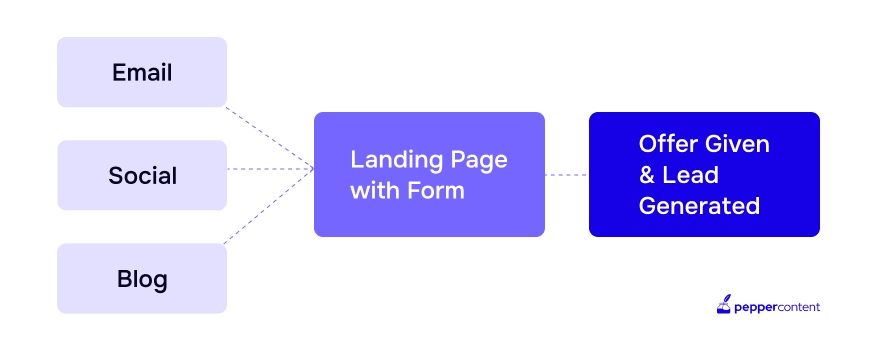
Establishing Authority through Content
When businesses demonstrate their expertise and credibility through valuable content, they become trusted sources of information and industry leaders. This not only attracts potential customers but also helps in retaining existing ones.
To establish authority, it is crucial to provide content that goes beyond surface-level information. Valuable insights backed by data-driven research or case studies can position a brand as knowledgeable and trustworthy. By offering concrete proof of success, businesses can instill confidence in their audience and increase the likelihood of converting leads into customers.
Another effective strategy is to associate with authoritative brands or industry experts. Collaborating with well-known figures or featuring guest posts from renowned professionals can boost credibility and establish a brand as part of an exclusive network.
An excellent example of establishing authority through content is Neil Patel’s blog. Neil consistently delivers a high-quality content growth strategy that is rich in insights and supported by thorough research. By sharing his expertise on various marketing topics, he has become an industry leader, attracting clients for his consulting services.
Standing Out from Competitors with Unique Content Experiences
One powerful way to stand out from their competitors is by creating unique content experiences that captivate and engage your audience. By going beyond the ordinary and delivering content that surprises and delights, you can establish your brand as a leader in your industry.
- One effective strategy for creating unique content experiences is by answering your audience’s questions. Take the time to understand what challenges they face and provide detailed, informative content that addresses those challenges head-on. By positioning yourself as a trusted source of information, you build credibility and attract an audience that sees your brand as an authority in the field.
- Another way to create memorable content experiences is by sharing secrets or insider knowledge. People love feeling like they are getting access to exclusive information, so consider revealing valuable insights or behind-the-scenes stories that your audience won’t find anywhere else.
- Additionally, associating your brand with other authoritative brands can enhance your content experience. Collaborate with industry influencers or partner with respected organizations to create joint content that benefits both parties. This not only expands your reach but also boosts your credibility as a brand that aligns itself with trusted experts.
Content marketing is a powerful tool for driving revenue growth in any business. By creating a quality content marketing strategy, businesses can increase brand awareness, address audience challenges, leverage call-to-actions and free downloads, establish authority, and stand out from competitors. These strategies can lead to higher conversions, increased customer loyalty, and ultimately drive revenue growth.
To unlock the full power of content marketing revenue growth, it’s crucial to prioritize enhancing the content experience for your audience. By delivering high-quality and valuable content that caters to their needs and challenges, businesses can build trust, establish themselves as thought leaders in the industry, and influence purchasing decisions.
Latest Blogs
Learn how to rank on AI search engines like ChatGPT, Perplexity, and Gemini by optimizing your content for authority, structure, and relevance. Stay ahead in AI-driven search with this strategic guide.
Explore the best healthcare SEO services for your medical practice. Improve online visibility and effectively reach more patients in need of your services.
Discover top social media agencies specializing in banking solutions, enhancing financial services and driving engagement.
Get your hands on the latest news!
Similar Posts

Content Strategy
5 mins read
Choosing The Best Healthcare Marketing Agency For Effective Content Solutions
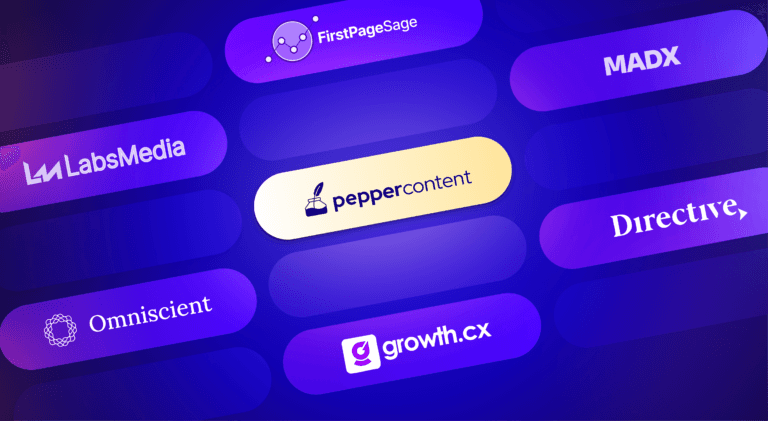
Content Marketing
4 mins read
Top 10 Agencies B2B SaaS Content Marketing for B2B Success

B2C Marketing
5 mins read
